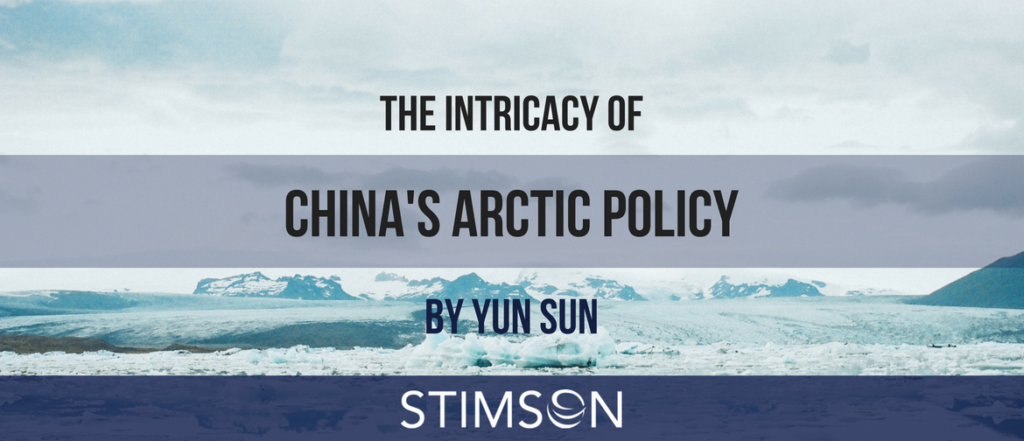In January 2018, China published its first ever Arctic White Paper, detailing China’s national interests, priorities, approaches, and policies toward the Arctic. The Arctic White Paper is a response to the culmination of China’s growing interests and involvement in the Arctic and the corresponding speculations and concerns from other countries about the potential and ambitions of China’s Arctic footprint. Despite the intention to clarify China’s Arctic strategy, the very publication of the White Paper, along with the ambiguity and propaganda aspects of the document, has led to more interest and curiosity from foreign observers that China’s Arctic ambition goes beyond what the White Paper has elaborated.
In many ways, the White Paper tells the world what it already knows about China’s Arctic policy. China identifies common challenges in the Arctic such as global warming and climate change and asserts its role as a near-Arctic state and a key stakeholder in addressing such challenges. China keenly utilizes its science diplomacy, employing scientific and technological research as a legitimate entry into Arctic issues. China also has its eyes on the natural resources and shipping routes that the Arctic has to offer, citing China’s economic strengths as a key factor anchoring its contribution to the development of the region. All of these are true. However, the document also reveals key problems in China’s Arctic policy, the most evident of which is the constraining identity of China as a non-Arctic state. In this sense, China’s approach to the Arctic, including its focus on the legality, necessity, and channels of its participation in Arctic affairs, is carefully crafted to maximize its depth and breadth.
China’s Arctic policy falls victim to the same convoluted bureaucratic strictures and the challenges stemming from the proliferation of actors as the rising power’s international interests and involvement expand. As it currently stands, there are more than fifteen government agencies/institutions involved in China’s Arctic policy. Although an inter-agency Arctic Affairs Coordination Group was allegedly established by the State Council in 2011, there is yet to be a clear structure of the management and coordination of the diverse group of China’s Arctic players. This is particularly true after the institutional restructuring of the State Council in 2018, during which the State Oceanic Administration responsible for China’s polar affairs was eliminated. Also a part of the Chinese bureaucracy, state-owned enterprises from the energy, mining, and shipping industries are among the most enthusiastic commercial players in the Arctic. Not all commercial endeavors launched by Chinese players have been successful, although with the launch of the Polar Silk Road, China’s commercial interests in the Arctic will grow substantially.
Click on the link above to read the rest of the paper.

